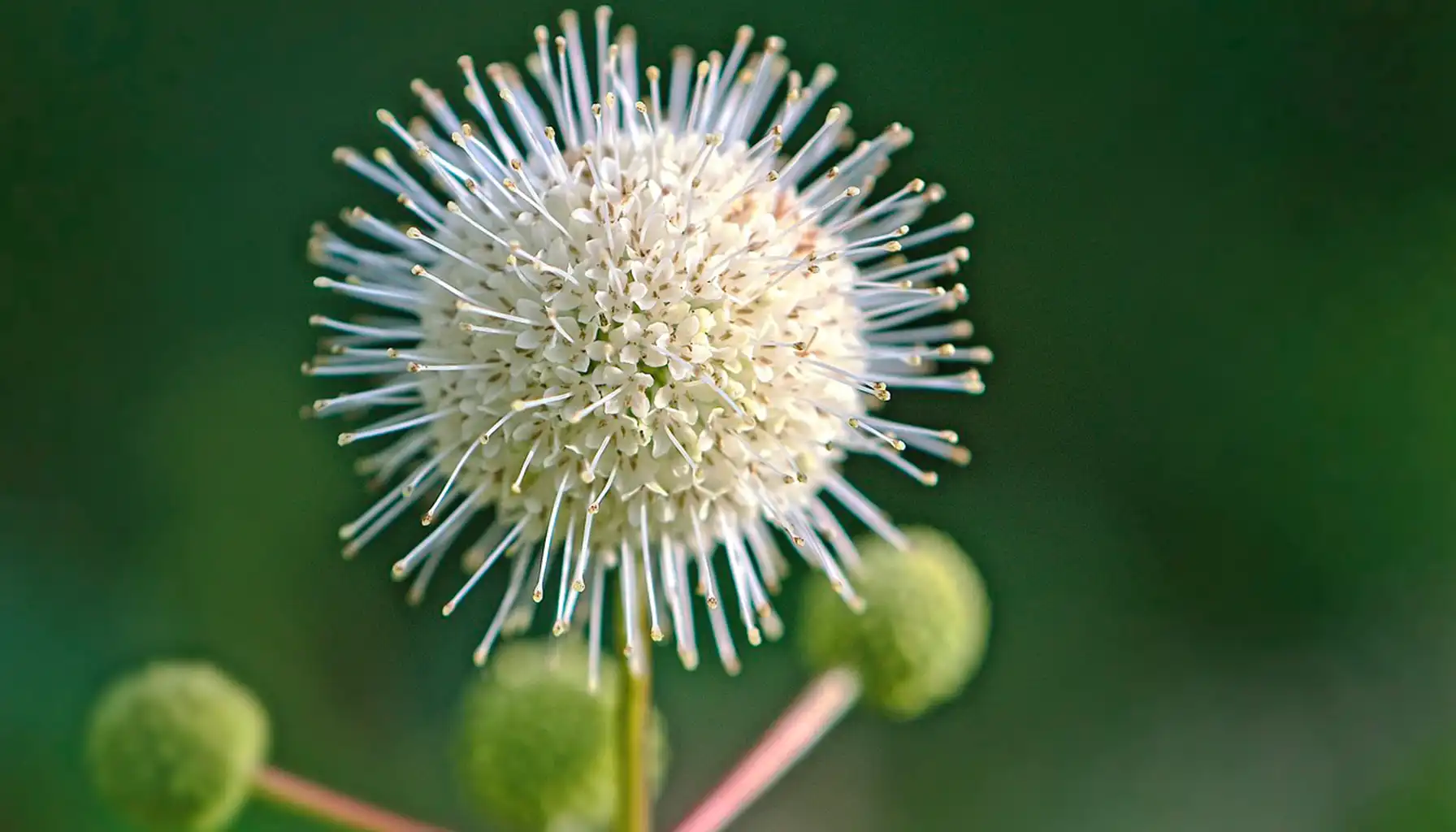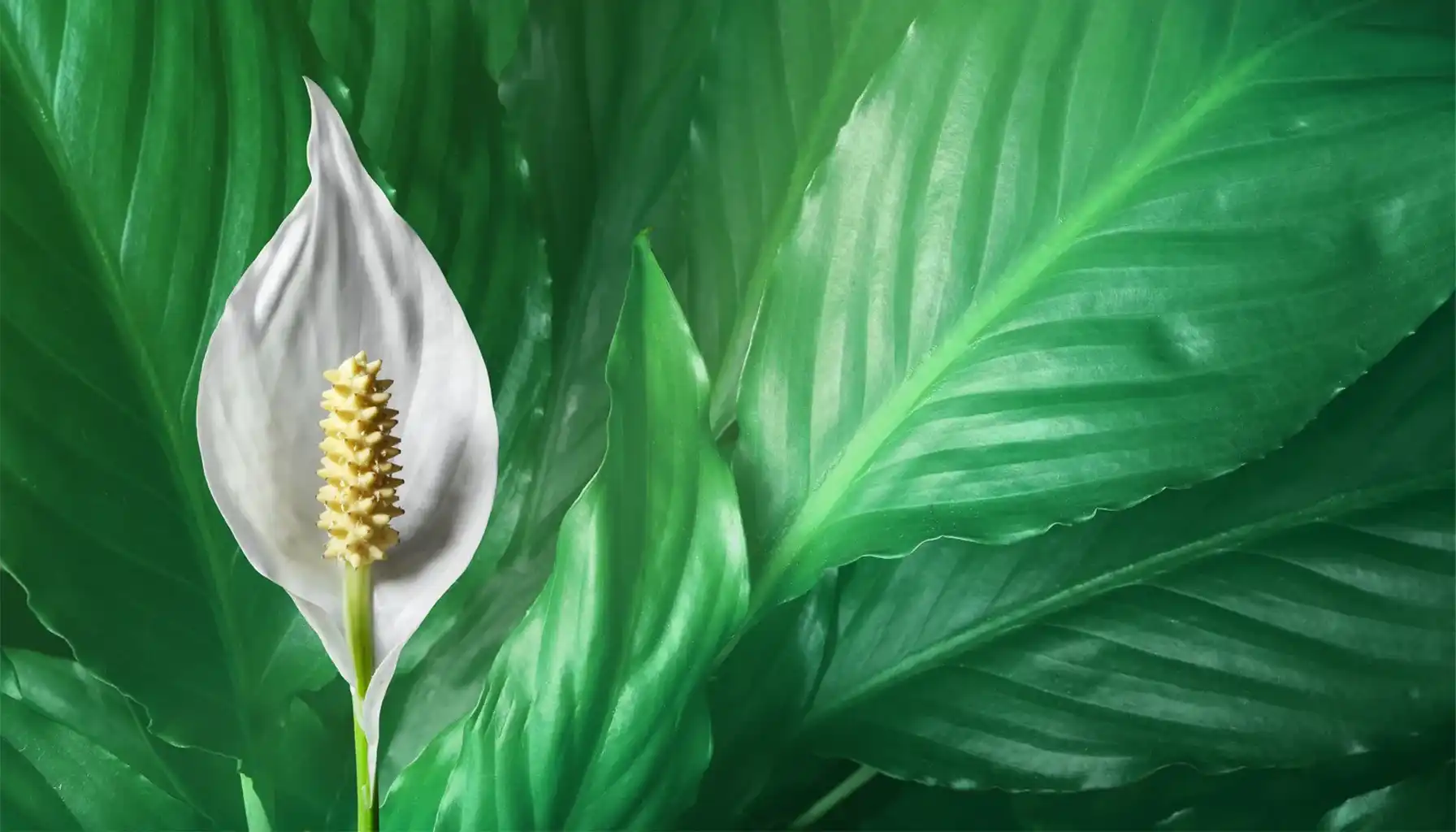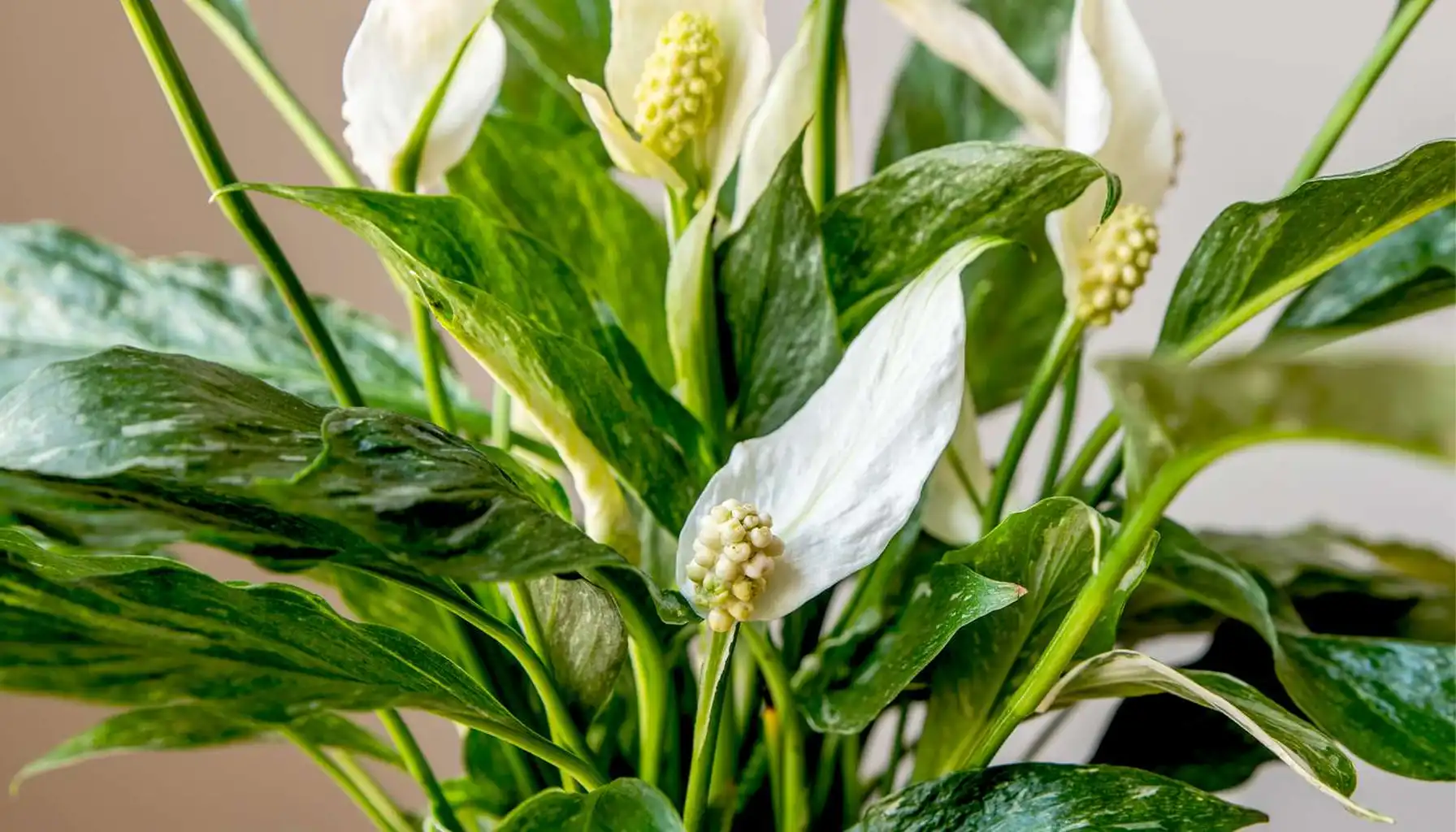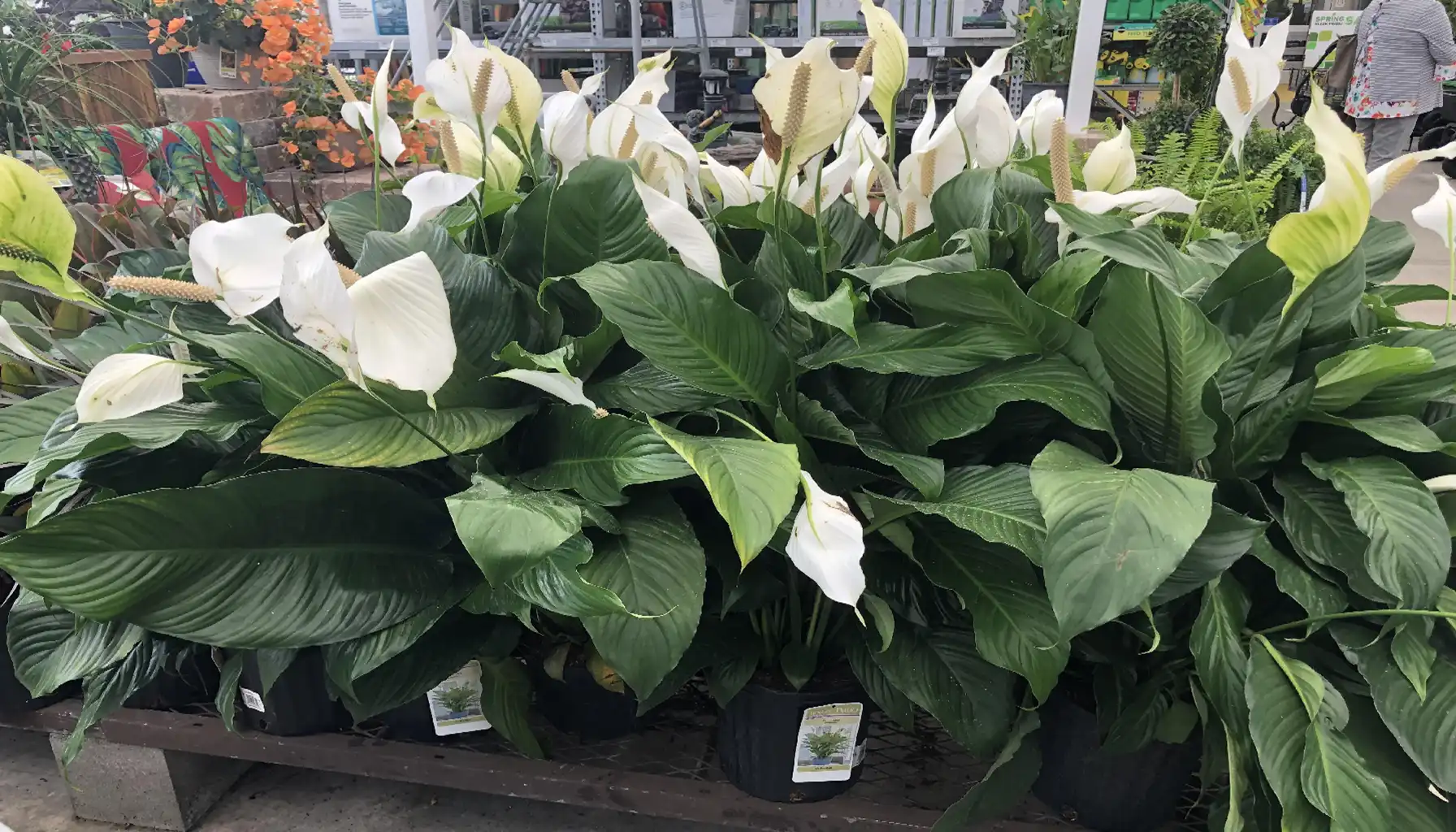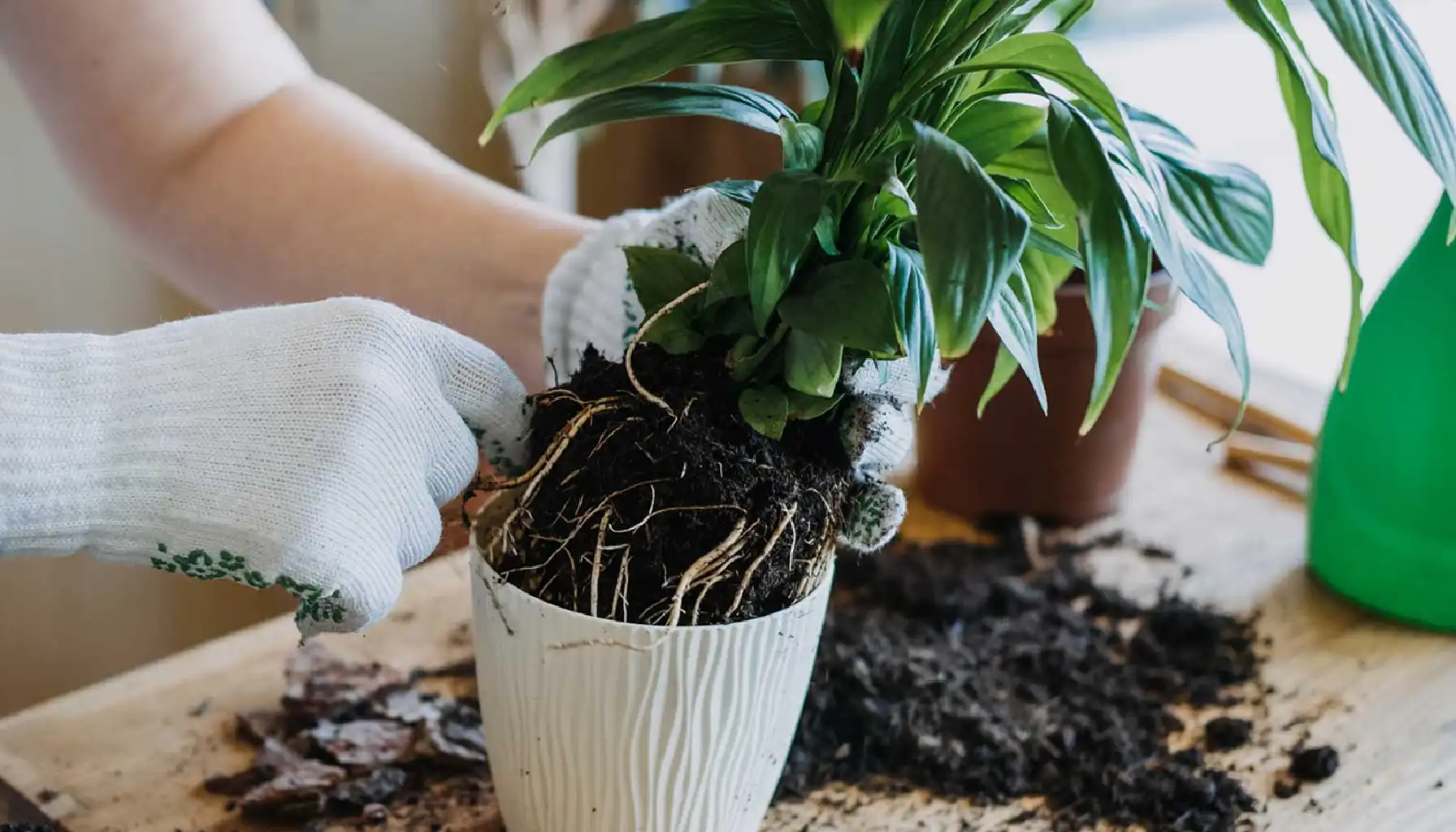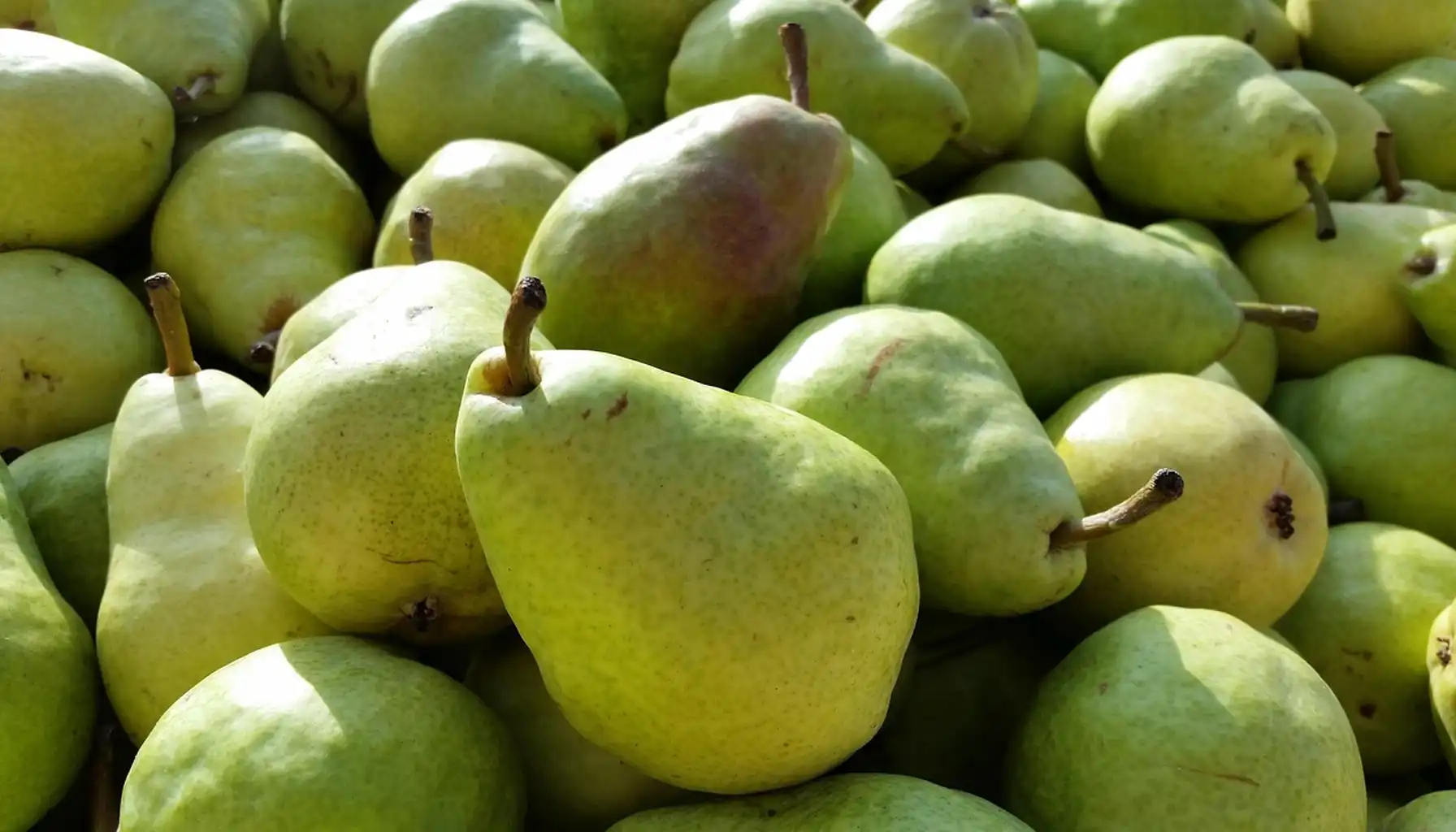A garden is a place to be cherished, not to get exhausted by or displeased. Sometimes, it only needs the final touch of elegance to become a genuine sanctuary of nature and its beauty. Nevertheless, the selection of the most popular plants may fall short of filling the void – not physically, but aesthetically.
The pristine white rosettes on the slender stalks – what plant could be even more delicate, exquisite, and graceful than a peace lily itself? There are numerous stereotypes and misconceptions associated with this floral creation, yet its real value is as immense as its charm. So, what does it look like? How to care for a peace lily plant? And how to address some of the common problems with the use of a plant ID app?
What Is a Peace Lily Indoor Plant?
The peace lily (Spathiphyllum) is one of the most gorgeous plants, but despite its name, it is not a true lily (from the family Liliaceae) at all. Instead, it is a genus of tropical, evergreen ornamental plants that belongs to the Araceae family and comprises 40 to 60 species with lanceolate to ovate dark green leaves and well-known white spathes above the foliage. The most prominent representative of the genus, though, is Spathiphyllum wallisi.
The appearance of all the peace lilies is practically the same, with only slight differences taken into consideration. Characteristically, these plants exhibit glossy, dark green leaves with smooth, entire margins and prominent parallel venation. One of the most distinctive features is the unique inflorescence, composed of a cream or pure white spathe, i.e., a modified leaf around a central spadix, a spike densely packed with minute flowers.
Although its popularity is spread all over the world, it is initially native to the humid rainforests of Central and South America and parts of Southeast Asia. These days, the market dazzles with numerous indoor options for those who strive to create a tiny garden under the roof, but the peace lily plant meaning may establish a more emotional and symbolic bond than that of a commercial purpose.
The Main Characteristics |
Botanical Name | Spathiphyllum spp. |
Common Name | Peace Lily |
Type | Herbaceous, evergreen perennial |
Family | Araceae (Arum family) |
Native Regions | Tropical Central & South America, Southeast Asia |
Plant Size | 12 inches to 6 feet (30 cm to 1.8 m) |
Foliage | Glossy, dark green, lance-shaped leaves |
Flowers | White (or yellow-green) spathe with central cream-colored spadix |
Blooming Season | Spring to early summer (may bloom year-round indoors under the right conditions) |
Toxicity | Mildly toxic to pets and humans |
Growth Habit | Clumping, with rosettes of leaves emerging from a creeping rhizome |
Pests/Diseases | Susceptible to spider mites, mealybugs, root rot, fungal/bacterial leaf spots |
Toxicity and Safety Come First
Beauty may hide dangers trapped deep inside the core. The peace lily indoor plant benefits are indeed fascinating to explore (e.g., their air-purifying qualities, proven by NASA), but its toxicity potential is also worth considering.
A simple answer: both small and large peace lily plants are toxic and may cause problems, for they contain calcium oxalate crystals (raphides), which act as a natural deterrent to herbivores. The consequences may include:
Skin Irritation: Contact with the sap or damaged leaves can cause redness, itching, and a mild burning sensation on the skin.
Ingestion Hazards: Eating any part of the plant can result in immediate oral discomfort, including burning and swelling of the lips, tongue, and throat.
Gastrointestinal Symptoms: Ingestion may cause nausea, vomiting, and difficulty swallowing.
Children and pets (both cats and dogs) are particularly at risk due to their tendency to chew on attractive objects like plants. Create a safe environment for them not to encounter anything dangerous on their way.
Related article: Beauty Can Kill: A Guide to Toxic Plants You Should Know
Peace Lily Plant Care: Ideal Growing Conditions
Care for peace lily plants should not seem overly complicated, for this type of vegetation is known as resilient, adaptable, and relatively easy to care for. In order to create an environment almost identical to that of its native habitat, let us review certain conditions that may help one maintain a healthy, vibrant garden at home. So, how to take care of a peace lily plant?
Light
As per nature, the red peace lily plants and the rest grow under the canopy of tropical forests, where they receive filtered sunlight only. This means the following:
Thrives best in bright, indirect light
Direct sunlight should be avoided, for it can cause leaf scorch and stress the plant
Exhibits a high degree of tolerance to low-light environments
Inadequate light exposure may lead to reduced flowering and diminished overall growth
To promote uniform development, rotate the plant periodically so all sides receive balanced light
Watering
How often to water a peace lily plant? Peace lily hydration is one of the most critical factors for the health of a garden. There are certain rules to be followed, but all of them still come down to the simple truth: consistency is vital.
Keep soil consistently moist but not soggy
Water the plant once the top 2.5 to 5 cm (1 to 2 inches) of soil becomes dry to the touch
Always use room-temperature water to prevent thermal shock
Adjust your watering schedule in winter, as reduced growth during colder months requires less moisture
Ensure the container has proper drainage and never allow water to accumulate at the bottom (this can eventually lead to root rot)
Temperature
Tropical regions, in general, are known for being relatively warm places without extreme cold and arid, desert-like periods. This is why:
The optimal temperature range is 18 to 29°C (65 to 85°F), aligning with the tropical origin
Exposure to temperatures below 13°C (55°F) should be avoided
Any temperature fluctuations may stress or weaken the plant
Maintain a consistent indoor climate throughout the year
Humidity
As tropical plants, these prefer humid environments, though they are able to adapt to average household humidity levels with some care. The latter is vital!
Perform best in environments with high relative humidity above 50%
Ambient humidity can be increased through regular foliar misting or the use of a room humidifier
Placing multiple plants in proximity can create a microclimate to keep the humidity levels congruous
Avoid positioning the plant near sources of dry air, such as radiators, heating vents, or air conditioning units
Soil
A suitable soil should be characterized by proper drainage and nutrient availability, all of which support healthy development and overall growth.
Utilize a well-draining potting substrate enriched with organic matter
Recommended soil mixes include blends of peat moss, perlite, pine bark, and coconut coir
Avoid dense or compacted soils that retain excessive moisture
Try to repot every 1–2 years to replenish the soil
Opt for a slightly acidic to neutral soil pH level, ideally in the range of 5.8 to 6.5
Feeding & Fertilizing
Incorporating the right plant food for peace lily is a part of the journey that should not be neglected, for this is what influences its lush foliage and consistent blooming.
Quick Guidelines for Effective Feeding:
Opt for a balanced, water-soluble fertilizer, ideally with an N-P-K ratio such as 10-10-10 or 20-20-20, and dilute it to half strength
Apply it once per month during the active growing season (spring through early autumn)
Suspend feeding during winter
If flowering is limited, prefer a bloom-enhancing plant food with a higher phosphorus content
Always pre-water the soil before applying fertilizer to minimize the risk of root burn
Common Problems & Solutions
Just like another living being, big and small peace lily plants are not immune to environmental stressors, pests, and cultural care issues. For those who strive to grow such floral creations, it is vital to get familiar with the most common threats to health and appearance that might not be easy to address. So, how to care for a peace lily plant if it happens to get sick?
Problem | Likely Cause(s) | Solution |
Brown leaf tips | Low humidity, tap water chemicals, over-fertilization | Use filtered/distilled water, increase humidity, reduce fertilizer strength |
Peace lily turning yellow | Overwatering, poor drainage, nutrient deficiency | Check soil moisture, improve drainage, apply balanced fertilizer |
Wilting | Underwatering or overwatering (root rot) | Adjust watering schedule; inspect roots and repot if needed |
No peace lily flowers | Insufficient light, excess nitrogen | Move to a brighter spot, use bloom-boosting fertilizer |
Pests (e.g., mites) | Poor air circulation, dusty foliage, nearby infested plants | Wipe leaves, isolate plant, use insecticidal soap or neem oil |
Fungal/bacterial spots | High humidity, poor air flow, overhead watering | Remove affected leaves, increase air circulation, avoid wetting foliage |
But how can you be certain about what is affecting your plant? The solution is rather obvious – the AI Plant Finder digital assistant. The app offers dozens of helpful features, including advanced Diagnosis by Photo to identify diseases and provide possible treatment plans and prevention tips.
Enjoy plant ID, a vast 300,000+ species database, personalized care reminders, water calculator, light meter, and more – all under the same digital roof!
The peace lily is a symbol of prosperity – let it inspire your garden to flourish and expand with renewed vigor and grace.
Related AI Plant Finder Posts
